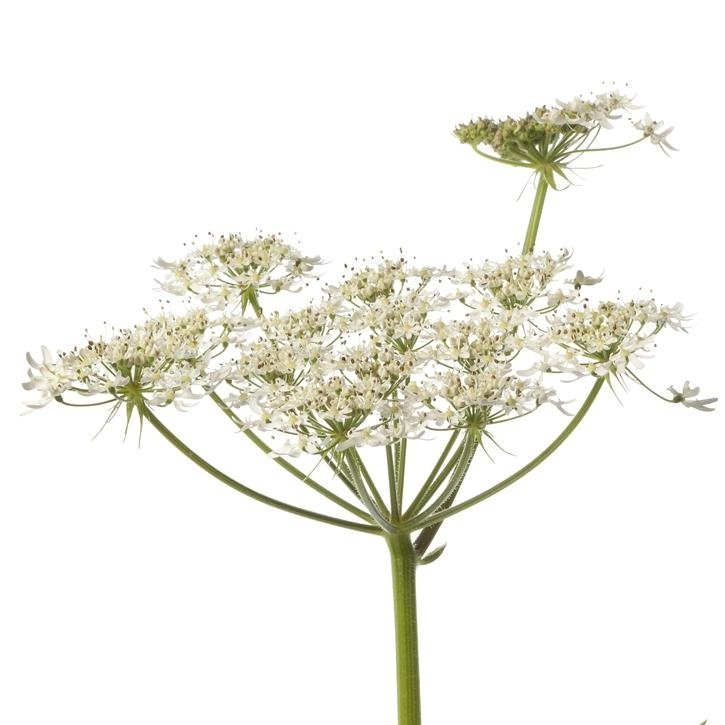Description
Biennial, robust herbaceous plant, 1-
It blossoms between April and June, according to the geographical zone.
It grows in northern Europe and Asia, but is more abundant in the Scandinavian region, Greenland and
Part used
The root of the plant is the main part used, although sometimes fruits are also employed. Angelica has a characteristic aromatic smell that makes it very vulnerable to the attack of insects. For this reason, this medicinal plant has to be stored very carefully, away from insects.
Indications
Internal use
External use
British Herbal Pharmacopoeia, 1983.
Herbal Drugs and Phytopharmaceuticals. Norman Grainger Bisset (Ed). Max Wichtl. CRC Press.1994.
Plantas Medicinales y Drogas Vegetales para infusión y tisana. Edición española a cargo de: Salvador Cañogueral, Roser Vila, Max Wichtl.1998.
Plantas Medicinales. Thérapeutique-Toxicité. Christiane Vigneau. Masson, Paris 1985.
Plantas Medicinales. Margarita Fernandez y Ana Nieto. Ed Universidad de Navarra. EUNSA 1982.
Fitoterapia: Vademecum de Prescripción. Plantas Medicinales. Colaboran: Asociación española de médicos naturistas. Colegio Oficial de Farmacéuticos de Vizcaya.
Matière Médicale (tomo II). RR Paris- H. Moyse. Masson 1981.
100 Plantes Medicinales. Max Rombi. Romart 1998.
The Complete German Commission E Monographs. Therapeutic Guide To Herbal Medicines. Mark Blumenthal. American Botanical Council 1998.
Fitoterapia Aplicada. J.B. Peris, G. Stübing, B.Vanaclocha. Colegio Oficial de Farmacéuticos de Valencia 1995.
Pharmacognosy, Phytochemistry, Medicinal Plants. Jean Bruneton. Lavoisier Publishing.
Jean Bruneton. Farmacognosia. Fitoquímica Plantas Medicinales. 2ª Edición. 2001. Ed Acribia. S.A.
Bulletin officiel Nº 90/22 bis" del "Ministère des Affaires Sociales et de
French Public Health Code.
Benigni, R; Capra, C; Cattorini, P. Piante Medicinali. Chimica, Farmacologia e Terapia. Milano: Inverni & Della Beffa, 1962, pp. 83-5.
Bézanger-Beauquesne, L; Pinkas, M; Torck, M. Les Plantes dans
Bézanger-Beauquesne, L; Pinkas, M; Torck, M; Trotin, F. Plantes Médicinales des Regions Tempérées. Paris: Maloine, 1980, p. 228.
James, A; Duke, Ph D. Handbook of Medicinal Herbs. 5ª. Boca Ratón, Florida: CRC Press, 1987, p. 43.
Trease, GE; Evans, WCh. Farmacognosia. México D.F.: Interamericana--MacGraw-Hill, 1991, p. 420.
Van Hellemont, J. Compendium de Phytotherapie. Bruxelles: Association Pharmaceutique Belge, 1986, p. 33.
Villar, L; Palacín, JM; Calvo, C; Gómez, D; Montserrat, G. Plantas Medicinales del Pirineo Aragonés y demás tierrras oscenses. 2ª. Huesca: Diputación Provincial, 1992, p. 255.
Wichtl, M. Herbal Drugs and Phytopharmaceutical. A Handbook for Practice on a Scientific basis. Stuttgart: Medpharm Scientific Publishers, 1994, pp. 70-2.
